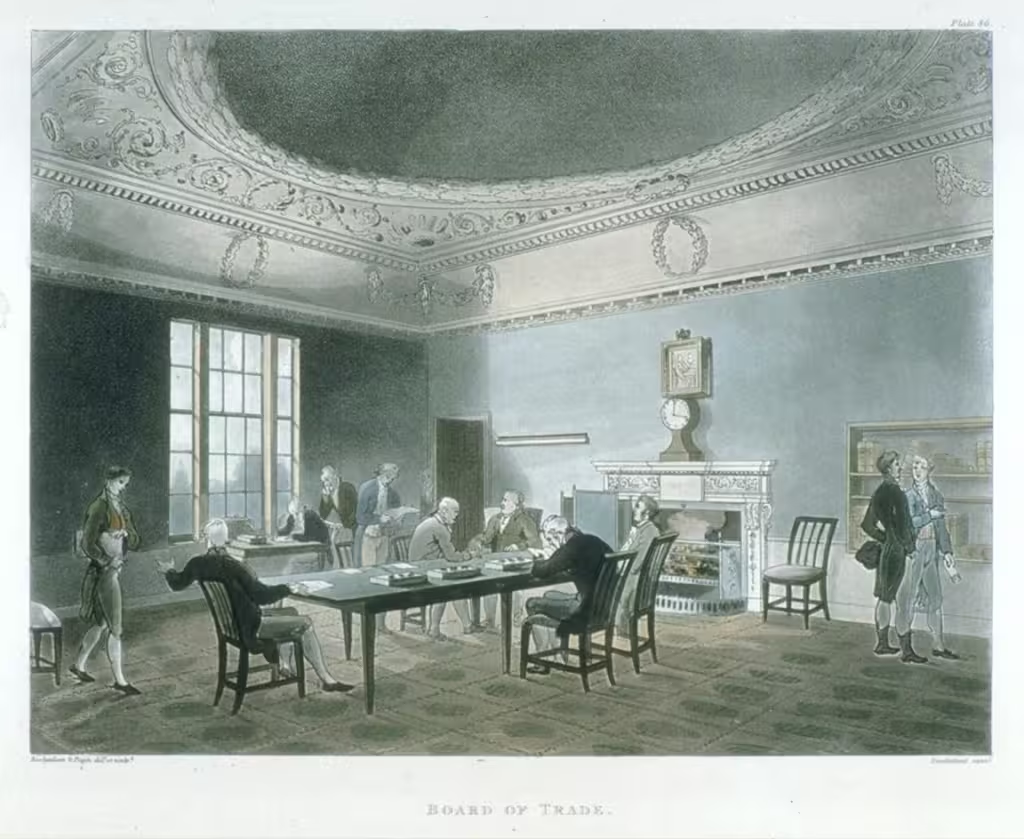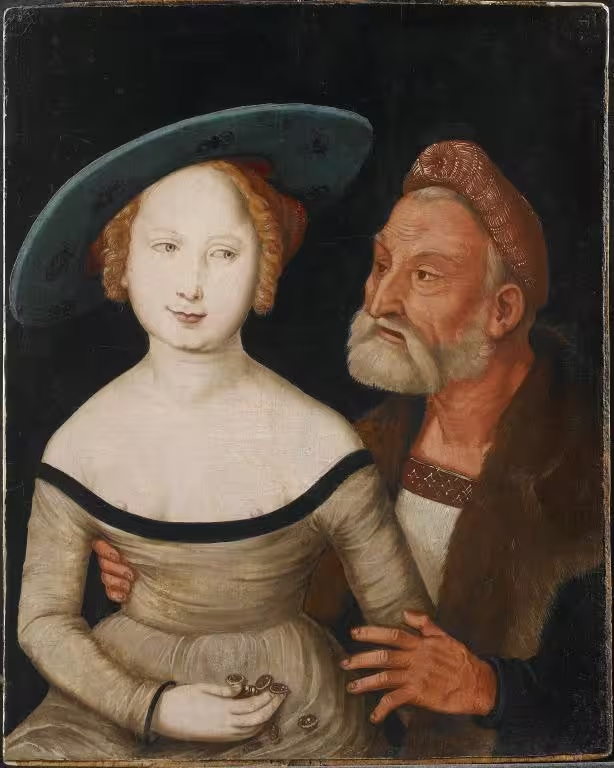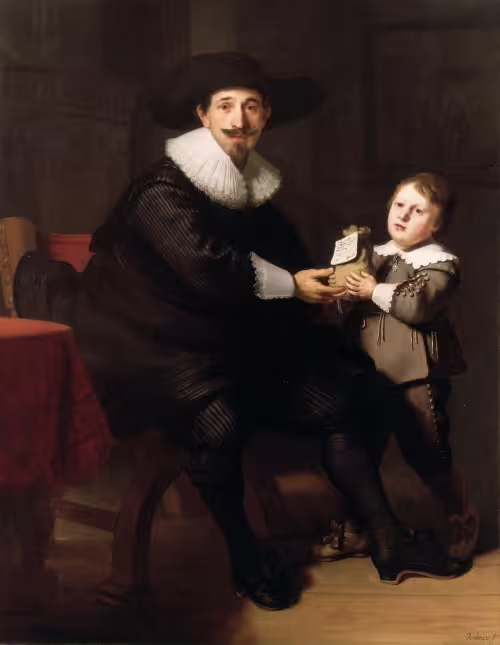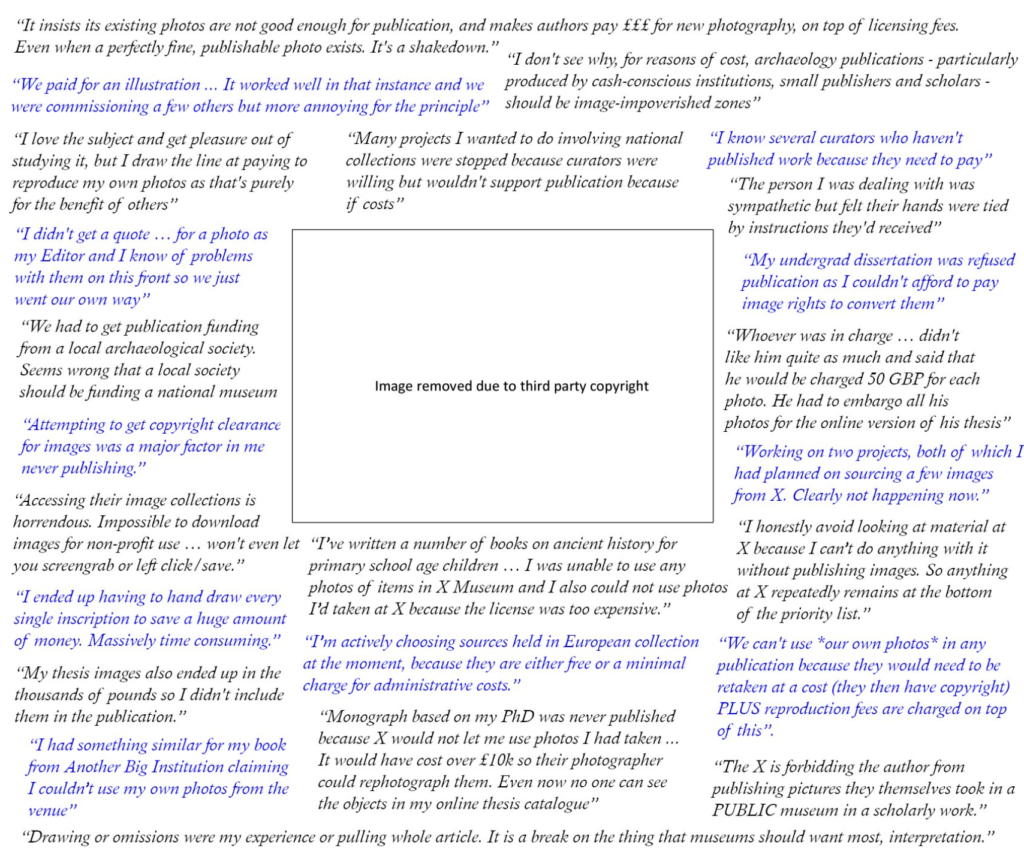
Cleveland Museum of Art, CC0
Analysing financial data from museums and trends in the image licensing industry, this post evaluates the current profitability and future viability of museum picture libraries. It also examines the opportunity cost to public access associated with the picture library model, considering museums’ educational and societal goals.
Navigating a challenging financial climate
Under normal circumstances, museums contend with challenging financial conditions, including unstable funding streams, high operating costs, and limited resources. These difficulties were exacerbated by the COVID-19 pandemic, which caused a significant decline in tourism and visits to cultural venues. In 2020, Tate Modern, the British Museum, the National Gallery, and the Victoria and Albert Museum (V&A) saw an average 78% drop in attendance compared with 2019.1 Unsurprisingly, self-generated income at these institutions fell precipitously.
Therefore, it is entirely reasonable for museums to seek income through various means, such as ticketing, merchandising, and image library sales. In my previous article, I outlined how museums often use restrictive copyright and licensing policies to limit public access to their digitised collections. Museum picture libraries are built on this same legal foundation. So, how do they operate?
Anatomy of a museum picture library
Through online platforms, museum image libraries offer high-quality images of digitised collections for various uses. Users can search and browse these digital repositories, select images, and purchase licences based on the intended use, such as academic research, publications, or commercial products. Pricing is determined by factors like usage type and duration. Once purchased, users download the images under specific terms of use, with museum staff providing support and ensuring compliance with licensing agreements. The overall aim is to generate income while making the museum’s collections accessible.
Profitability analysis and industry dynamics
How profitable are museum picture libraries, once running costs (such as staff salaries, software licensing, web hosting, and so on) have been accounted for? It’s difficult to really know. Institutions rarely make this information available of their own volition. Museum’s annual accounts are insufficiently granular. Furthermore, income-generating departments at museums (usually including the picture library) are sometimes sequestered in arms-length bodies that are immune from Freedom of Information requests.
Financial performance across four museums
To make a proper assessment of museum picture libraries’ finances, we need a lot more data. But let’s look at what we do know. In recent years many Freedom of Information requests2 on this topic have been made to museums in the UK. The question is usually framed as follows:
How much has your museum raised in revenue by selling images and/or licences for images, annually, after all costs have been accounted for?”
Here is sample data from four museums that answered the above question. Note that ‘Outcome’ in the right-hand column of each table indicates whether the institution made a profit or loss from image licensing in the stated financial period. All figures are in pound sterling (£), the currency of the United Kingdom.
Government Art Collection

| Financial period | Outcome |
| 2013 | No profit |
| 2014 | No profit |
| 2015 | No profit |
| 2016 | No profit |
| 2017 | £180 |
National Museums Liverpool

| Financial Period | Outcome |
| 2018/9 | -£7,471 |
| 2019/20 | -£14,027 |
| 2020/21 | -£19,070 |
| 2021/22 | -£16,510 |
| 2022/23 | -£14,795 |
Image: Mercenary Love, 1527.
Hans Baldung Grien. Walker Art Gallery.
Wallace Collection

| Financial period | Outcome |
| 2012/13 | £9,000 |
| 2013/14 | £8,000 |
| 2014/15 | £10,000 |
| 2015/16 | £6,000 |
| 2016/17 | £9,000 |
Image: Jean Pellicorne with his Son Caspar, about 1632. Rembrandt (1606-1669) and Studio. Wallace Collection, CC BY-NC-ND 4.0.
National Gallery, London

| Financial period | Outcome |
| 2021/22 | -£37,575 |
| 2022/23 | £16,527 |
| 2024/24 | -£47,615 |
Note: The National Gallery Picture Library pays an annual licence fee of £100,000 internally to the National Gallery in order to operate. This fee often obliterates the income generated by the Picture Library, resulting in the net losses seen above.
Image: The Tribute Money, about 1560-8. Titian. The National Gallery, London, CC BY-NC-ND 4.0.
We cannot know how representative these numbers are of the wider sector, but they suggest that museums often struggle to profit much, if at all, from licensing images of their collections.
Impact of industry dynamics
It’s important to realise that museum picture libraries are part of an image licensing industry which has undergone massive disruption in recent years. First, a wave of mergers and acquisitions absorbed many smaller businesses into a handful of global giants such as Getty Images, Shutterstock and Alamy. Then new models for buying and selling images emerged, including the following:
- À la carte pricing: Customers purchase individual images for specific uses.
- Microstock: Platforms sell images at very low prices, relying on high sales volume.
- Free: Images are made available for free use under generous licences. Examples include Pixabay, Pexels, Unsplash.
- Open access user-generated content(UGC). Examples include Flickr and Wikimedia Commons.
- Open GLAM: Cultural institutions provide free and open access to their collections.
- Subscription: Customers pay a regular fee to access libraries of free images.
- Generative AI: Emerging technologies that create images, videos and music based on user prompts.
These developments, combined with the explosive growth in the volume of available images online3, have significantly reduced the cost of buying images. The animation below visualises this trend. It’s based on data published by Shutterstock and it spans the period from 2010 to 2020. Keep an eye on the X and Y axes, press play and watch how revenue per image collection flatlined over the period, whilst the volume of available images vastly increased.
Data source: Eleven Year Shutterstock Growth Trends – Stock Photography News, Analysis and Opinion, 2021, Jim Pickerell.
Museum picture libraries are part of this landscape. Though they sometimes have unique items in their collections – cultural treasures no one else has – digital copies of those gems can usually be found online (however dubious their provenance). Broadly speaking, museum image libraries are just as vulnerable to market disruption and technological innovation as the many photographers4, stock image libraries and visual artists who now struggle to make a living5 from their assets.
Understanding value beyond financial metrics
Finances are crucial for museums, but fulfilling institutions’ public missions goes beyond numbers on a spreadsheet. How many opportunities to create positive social, educational, and economic impacts are missed due to restrictive access policies to museum collections? How many potential users and contributors of cultural heritage are financially excluded by the current system?
While we may never have complete certainty, there is ample anecdotal evidence to consider. Take, for instance, a discussion on X last year about the acquisition of heritage images, where archaeologist Dr. Tess Machling’s followers expressed their frustration:

Note all of these comments related to just one national museum – this is the tip of the iceberg.
Conclusion
Considering the financial data we have now and observing industry trends, the outlook for museums monetising collections through image licensing appears bleak. Despite the unique value of some items, the presence of vast, low-cost, or free image repositories undermines the profitability of museum picture libraries. Museums must navigate this challenging landscape by exploring alternative revenue streams while remaining committed to making their collections accessible to the public. Embracing innovative approaches and collaborations may help museums strike a better balance between income generation and fulfilling their educational and cultural missions.
Museum leaders should carefully weigh the opportunity cost of restrictive access policies for digitised collections. If a picture library consistently loses money in pursuit of elusive profits while alienating its natural allies – researchers, historians, educators, and others – that represents a deeply unproductive approach. Digital collections are a key currency of modern audience engagement, but the typical current limitations on reuse mean that opportunities to create positive social, educational, and economic impacts are being missed.
Footnotes
- https://www.theartnewspaper.com/2021/03/30/british-museum-hit-hardest-by-2020-lockdown-among-uks-big-museums ↩︎
- https://www.whatdotheyknow.com/ ↩︎
- https://photutorial.com/photos-statistics/ ↩︎
- https://brutallyhonestmicrostock.com/2024/01/30/why-selling-microstock-images-to-large-publications-pays-so-little-in-2024-five-examples-from-my-own-sales ↩︎
- https://fernandoamaral.org/ai-stock-photographer/ ↩︎
The author would like to thank the various individuals who have filed Freedom of Information requests and shared data on this topic.
© Douglas McCarthy, 2024. Unless indicated otherwise for specific images, this article is licensed for re-use under the Creative Commons Attribution 4.0 International licence. Please note that this licence does not apply to any images. Those specific items may be re-used as indicated in the image rights statement within each slide. In essence, you are free to copy, distribute and adapt this article, as long as you give appropriate credit, provide a link to the licence, indicate if changes were made, and abide by the other licence terms.
The contents of this article are not legal advice and cannot be relied upon as such. Specific legal advice should be sought on a case-by-case basis.
Citation
McCarthy, D. (2024). Balancing access and income – the dilemma of museum image licensing. Zenodo. https://doi.org/10.5281/zenodo.13371244